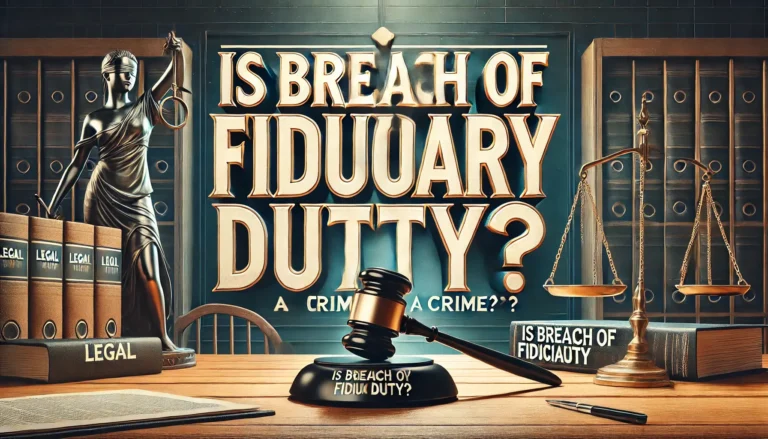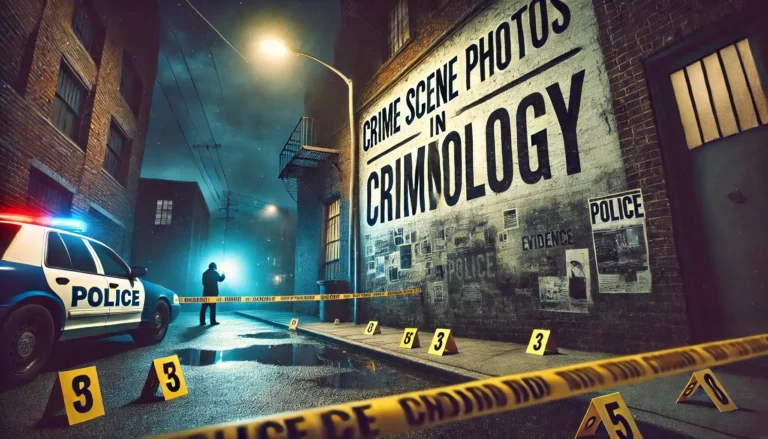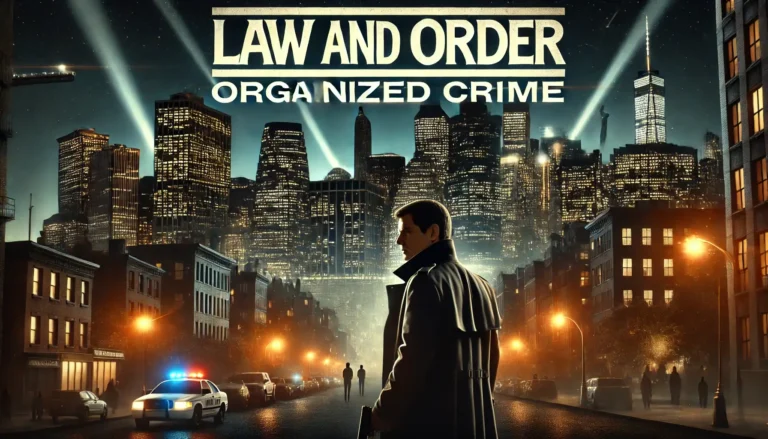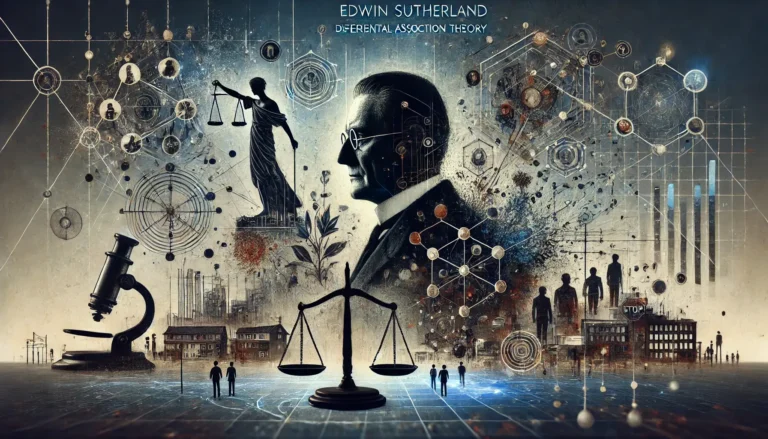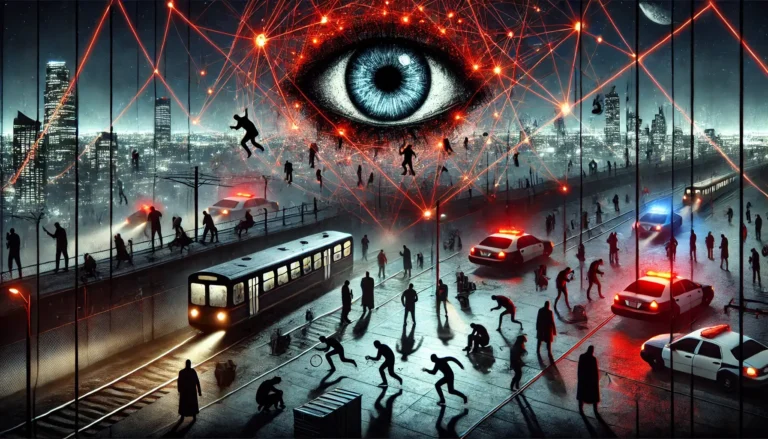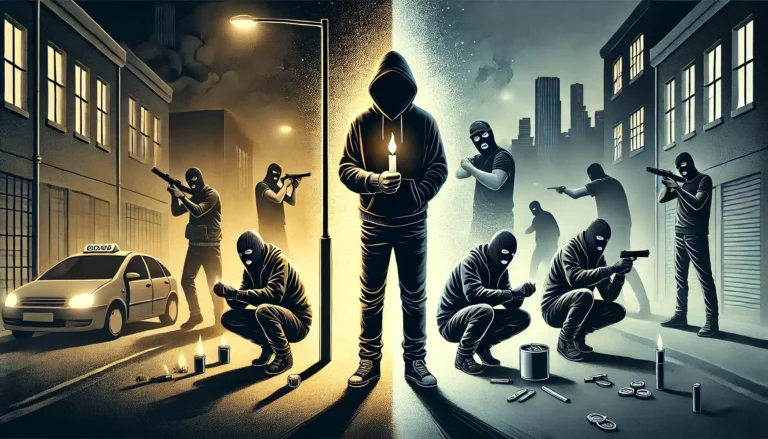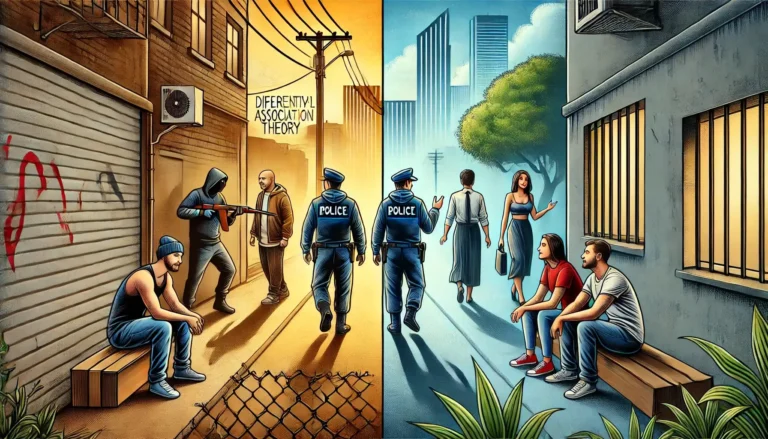The Stability of Criminal Status and the Condition of Abnormal Offenders: A Criminological Perspective
Introduction The study of criminal behavior has long been a central focus of criminology, with researchers striving to understand the factors that contribute to criminality and its persistence. Among the most debated issues are the stability of criminal status over time and the distinct categorization of abnormal offenders who deviate significantly from societal norms. These…


